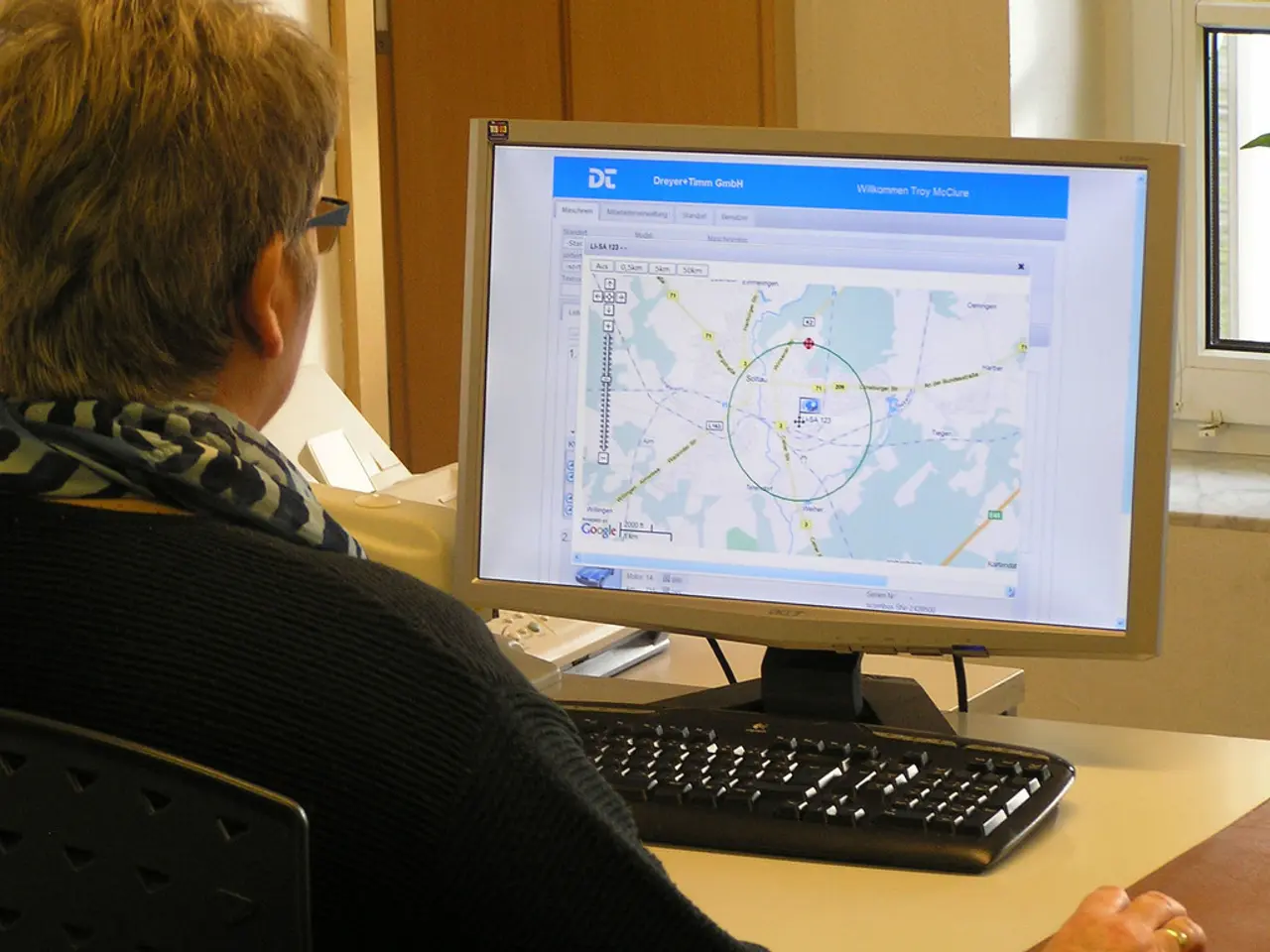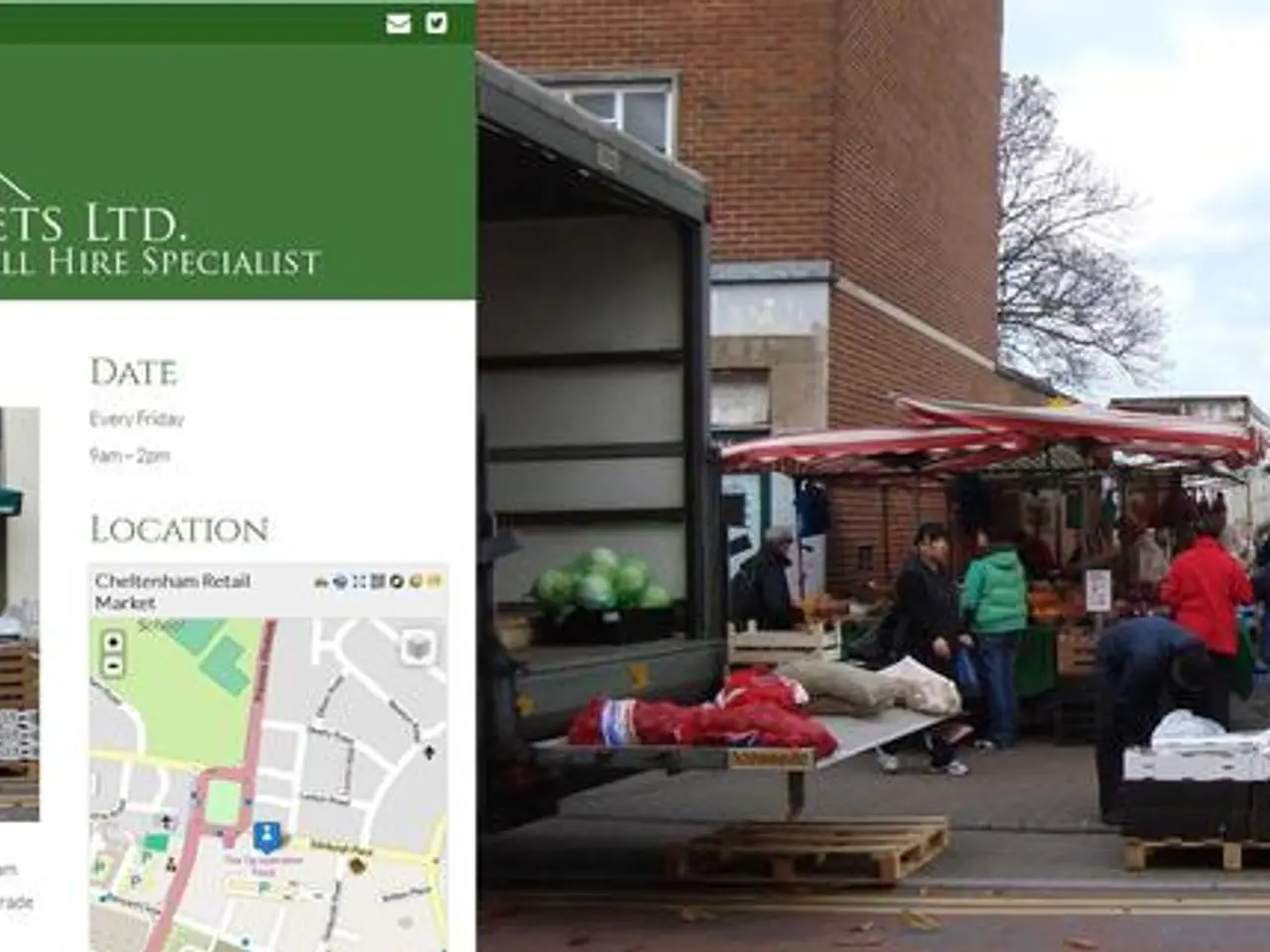Windows Shutdown Hinderance Decoded by Microsoft Engineer: Secret Explored
In the world of Microsoft's operating system, Windows, a peculiar puzzle has long confounded users - an unnamed program preventing the system from shutting down. This enigma, however, has finally been solved, thanks to the Blocked Shutdown Resolver (BSDR).
For years, the unnamed program blocking Windows shutdown has been a source of intrigue. But with the advent of the BSDR, the secretive window managing this program has come to light, providing insight into the unnamed program's role.
Windows, during its shutdown process, can communicate with running programs through windows with no name, also known as helper or message-only windows. These windows are not designed to interact with the user, but rather to handle system messages, including shutdown notifications. When Windows attempts to shut down, it sends shutdown messages to all running programs. Programs that block or delay shutdown do so by responding through these windows.
The BSDR, in particular, presents a list of windows preventing shutdown, using their window titles, icons, and reasons passed via the function. If this function is omitted, the system defaults to generic messages or blank titles. This design aids the operating system in managing graceful shutdown sequences by identifying which components are still processing or blocking shutdown, even if they are background or hidden helper windows.
These unnamed windows serve a specific purpose: to act as message handlers or anchors without a user interface. They sometimes block shutdown to complete cleanup or save state, but because they have no visible interface or assigned titles, they appear as "nameless" or blank entries in shutdown blocking dialogs.
Raymond Chen, a Microsoft veteran, has shed light on the concept behind these secretive windows in his "Old New Thing" series. According to Chen, these blank windows are by design, serving as dummy helper windows or anchors for positioning other windows. Programs often create windows with no name on purpose, as they were never meant to be shown to the user.
The icon of the secretive window is derived from the window's own icon, and the description of the window with no name is controlled by the program. Some windows in the system are created for purposes other than user interaction, and this blank description is a result of the window's intended purpose and its intended invisibility to the user.
The issue of the unnamed program preventing Windows shutdown has been a topic of discussion on Reddit for several years. Despite initial speculation, these hidden windows, such as the one managed by the BSDR, are not indicative of harmful intent. Rather, they are part of normal Windows program behavior and system shutdown mechanics.
In conclusion, the Blocked Shutdown Resolver (BSDR) has provided a solution to the long-standing mystery of the unnamed program preventing Windows shutdown. These unnamed windows serve as message handlers or anchors without a user interface, aiding the operating system in managing shutdown sequences efficiently. They are designed to complete necessary tasks, such as cleanup or saving state, without interfering with the user experience.
- The Blocked Shutdown Resolver (BSDR) has revealed that the unnamed program preventing Windows shutdown communicates through hidden windows called helper or message-only windows.
- Raymond Chen, a Microsoft veteran, explained that these blank windows are purposefully designed to serve as dummy helpers or anchors for positioning other windows, with their icons and descriptions controlled by the programs.
- These hidden windows, including the one managed by the BSDR, are not malicious; instead, they are part of Windows's normal program behavior and system shutdown mechanics.
- Programs sometimes use these nameless windows to block shutdown to complete necessary tasks like cleanup or saving state.
- In the Xbox Series X, a gaming console by Microsoft, similar mechanics are used for managing software and hardware updates during the gaming PC's shutdown process.




